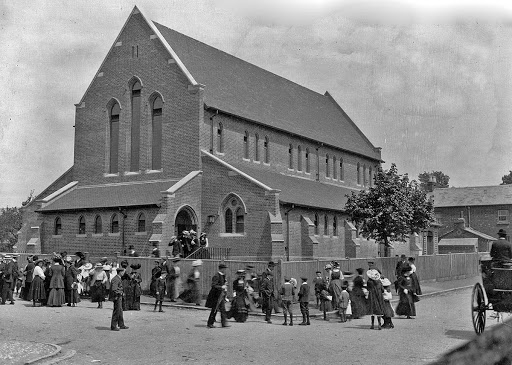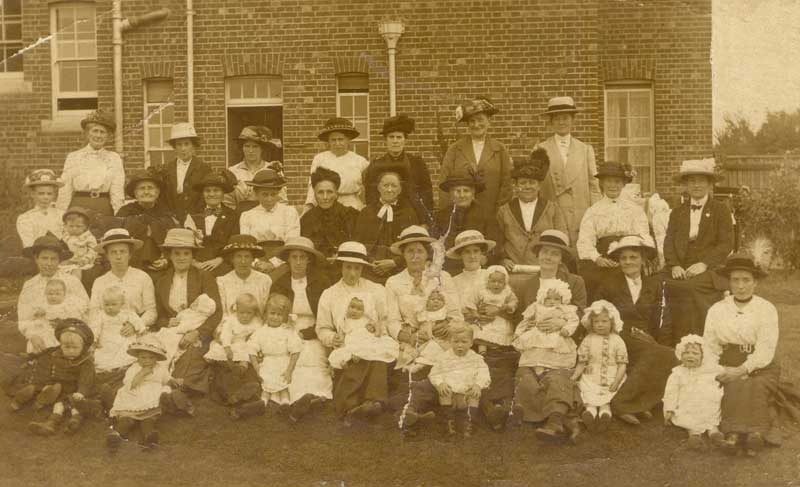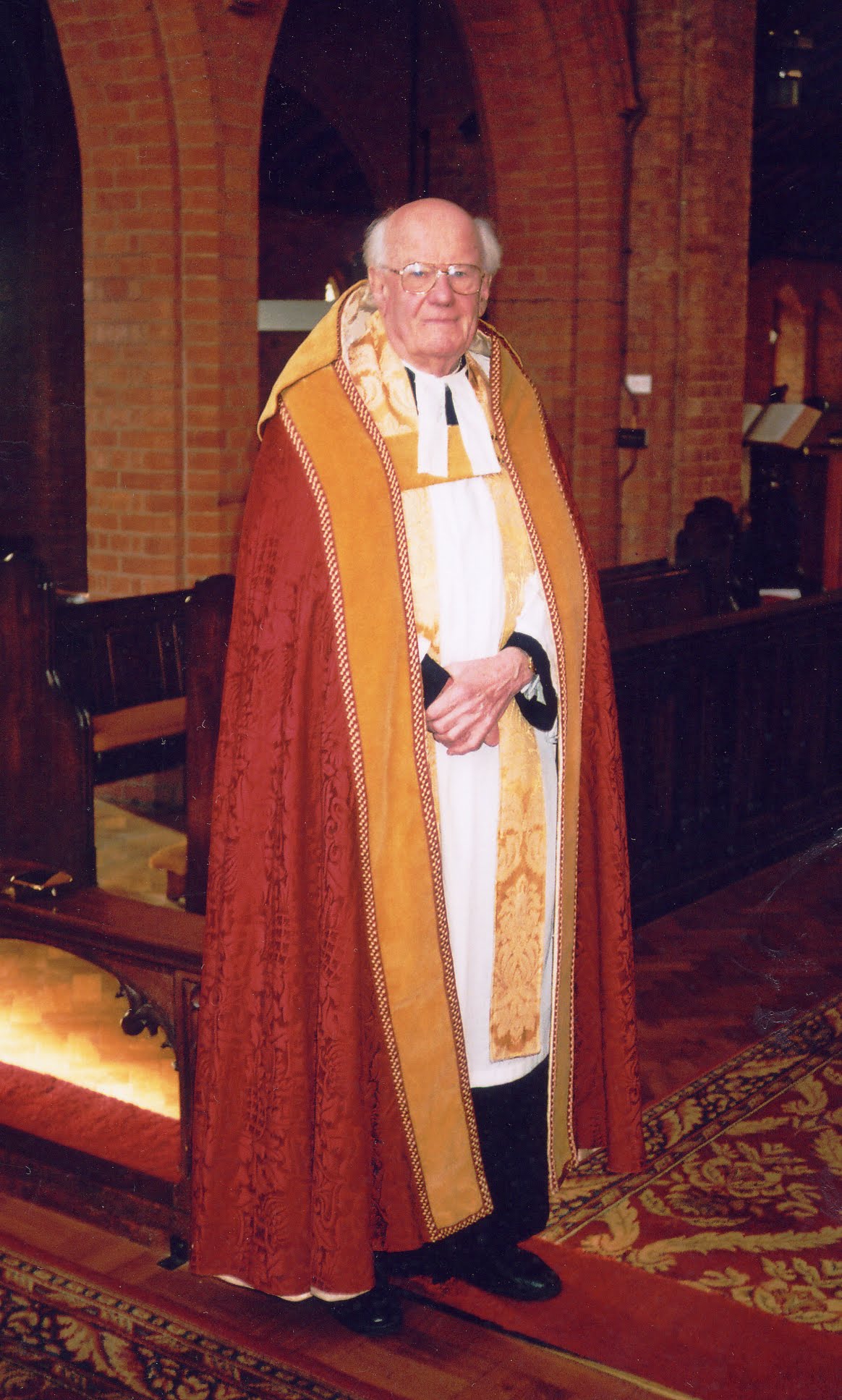History of All Saints
The origins of All Saints’ Parish lie in the second half of the nineteenth century, and the rise of the village of ‘New Headington’ around Lime Walk, Bateman Street and Windmill Road. At that time this area was part of the large parish of St Andrew’s, with its Norman church in ‘Old Headington’. To serve the community of New Headington, and save the people a walk to Sunday and weekday worship, a special chapel was built in what is now called Perrin Street (but was then known as Church Street). It was dedicated on All Saints’ Day 1870.
Three years later, on All Saints’ Day 1873, an associated Infants’ School was opened by the Bishop of Oxford, also in Perrin Street. The school building and teacher’s house are still standing – the latter being a particularly pretty building.

The new church was well built and properly equipped, but by about 1900 the 160 seats were insufficient for the greatly increased local population, and plans were laid for a larger church and establishing a new and separate parish.
Mrs Morrell of Headington Hill Hall and her family’s brewing company agreed to meet half the cost of a church in New Headington, provided the villagers raised the rest. Although sufficient funds were raised only for the nave, the new, much larger building was constructed and dedicated in May 1910. At the same time a separate parish of All Saints Highfield was created, so that the church was no longer part of St Andrew’s. The parish boundaries were, and still are, London Road to the north, Windmill Road to the east, Gipsy Lane to the west, and Old Road to the south.
The first Vicar of the new parish was Rev. Francis Colson. His predecessor in the old chapel was Rev. Perrin, after whom the street in which it lies was then renamed. The chapel is now a scout hut. Just as the New Headington population had outgrown the original church, the school also proved too small. It was closed in 1908, following the opening of a much larger new school in Margaret Road.
The church obtained a plot of land on Old Road, about 500m from the church. Here the vicarage was built, and completed in 1914.

The 1910 church building consisted only of the nave. Fund-raising to add both a chancel with choir stalls and a vestry were delayed by the outbreak of the 1914–1918 war. Another fund raising effort was made in the inter-war years, and the chancel was finally built in 1937.
The church owns land in nearby New High Street, where in 1959 a church staff house, known as Church Garth, was built. Adjacent to this the community facility known as Church House was also built, and opened by Princess Margaret in 1967. There were also been notable improvements to the interior of the church, including the very fine window in the west end of the church by John Hayward (2000). Recent work at the back of the church has included the provision of a toilet with disabled access and a kitchen/servery (2016).
Previous notable clergy
The Reverend J. E. Cocke M.A., Vicar 1957-2020

The Rev. James Cocke (known as Jim) was Vicar of All Saints from 1957 until January 2020, a record in the Church of England.